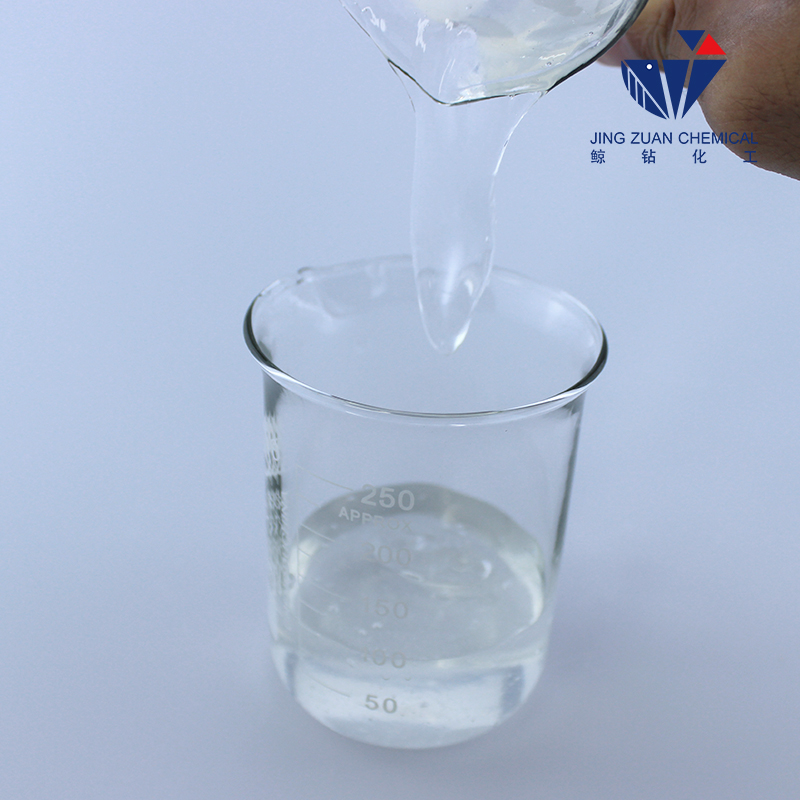
វិច្ឆិកា . 30, 2024 09:41 Back to list
Hydroxypropyl Methylcellulose Powder Uses and Benefits in Various Applications
Understanding Hydroxypropyl Methylcellulose Powder
Hydroxypropyl Methylcellulose Powder, often abbreviated as HPMC, is a versatile, non-ionic cellulose ether widely used in various industries due to its unique properties and functionality. As a derivative of cellulose, HPMC is produced by chemically modifying cellulose to enhance its solubility and performance. This white, odorless powder is soluble in both cold and hot water, making it an essential ingredient in many formulations.
Composition and Properties
HPMC is primarily composed of hydroxypropyl groups and methyl groups that are introduced to the cellulose backbone. The varying degrees of substitution can influence its viscosity, solubility, and overall performance in formulations. HPMC exhibits significant thickening, gelling, and film-forming properties, which is why it is favored in several applications.
One of the prominent characteristics of HPMC is its ability to form stable gels when mixed with water, making it an excellent thickening agent. Additionally, its high water retention capacity helps to improve the texture and stability of products. A major advantage of HPMC is its non-ionic nature, which allows it to be compatible with a wide range of substances, including salts and surfactants.
Applications in the Food Industry
In the food industry, HPMC is used as a food additive, serving as a thickening agent, stabilizer, and emulsifier. It can enhance the texture of various products such as sauces, dressings, and dairy items. Its ability to retain moisture also contributes to improved shelf life and palatability.
Moreover, HPMC is utilized in gluten-free baking, as it helps mimic the texture and elasticity that gluten provides in traditional baked goods. This makes it a popular choice among consumers seeking gluten-free alternatives without sacrificing quality.
Role in Pharmaceuticals and Cosmetics
hydroxypropyl methylcellulose powder

HPMC is a vital ingredient in pharmaceutical formulations, acting as a binder, filler, and coating agent in tablet production. Its ability to control the release of active ingredients allows for extended-release therapies in medication design. Additionally, it is used in the formulation of various oral and topical pharmaceutical products because of its biocompatibility and low toxicity profile.
In the cosmetics industry, HPMC serves multiple roles. It is commonly found in lotions, creams, and gels where it acts as a thickening agent and stabilizer. Its film-forming properties contribute to the feel and application of cosmetic products, providing a smooth texture and enhancing product performance.
Construction and Architectural Uses
Interestingly, HPMC has found its way into the construction industry, particularly in tile adhesives, joint compounds, and cement-based formulations. Its water retention properties ensure that the mixtures maintain workability and prevent premature drying, which is crucial for ensuring strong adhesion and durability in construction applications.
HPMC also improves the flow characteristics of mortar and plaster, allowing for easier application and improved finish quality. As a result, it has become an essential additive in modern construction materials.
Environmental and Health Considerations
As a cellulose derivative, HPMC is considered to be environmentally friendly and biodegradable. Its non-toxic nature makes it safe for use in food, pharmaceuticals, and personal care products. With increasing environmental concerns, the demand for sustainable and safe additives like HPMC is on the rise.
Conclusion
In conclusion, Hydroxypropyl Methylcellulose Powder is a versatile compound that has significant applications across various industries, including food, pharmaceuticals, cosmetics, and construction. Its unique properties—such as thickening, gelling, and binding—make it indispensable in formulating high-quality products that meet consumer demands. As industries continue to evolve, HPMC is set to play a crucial role in developing innovative solutions while maintaining a focus on safety and environmental responsibility.
-
Versatile Hpmc Uses in Different Industries
NewsJun.19,2025
-
Redispersible Powder's Role in Enhancing Durability of Construction Products
NewsJun.19,2025
-
Hydroxyethyl Cellulose Applications Driving Green Industrial Processes
NewsJun.19,2025
-
Exploring Different Redispersible Polymer Powder
NewsJun.19,2025
-
Choosing the Right Mortar Bonding Agent
NewsJun.19,2025
-
Applications and Significance of China Hpmc in Modern Industries
NewsJun.19,2025







